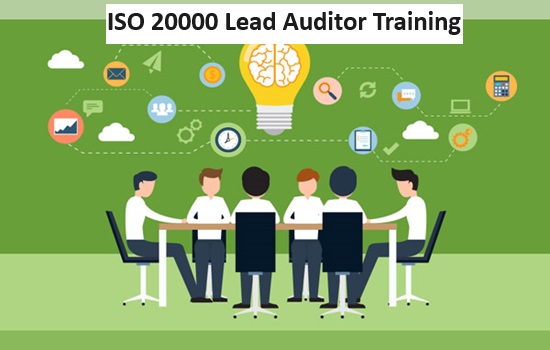
The most widely used international standard that businesses implement for creating and maintaining efficient compliance management systems is ISO 37301. With the aid of ISO 37301, businesses of all sizes can build, develop, implement, assess, keep up with, or enhance their CMS. A globally recognized standard for compliance systems is provided by the ISO 37301 framework, which was released in April 2021.
The importance of compliance management systems should not be overestimated. All interested parties, including employees, suppliers, judges, and governments, value the ability to see proof that the company has put in place a set of recognized compliance procedures. It assists with ensuring and demonstrating that your business and people adhere to all applicable laws, rules, industry codes, voluntary standards, and conduct guidelines. It offers reassurance that you've put all the required safeguards in place to thwart or lessen the threat of corruption. The standard contains several essential requirements for establishing a successful and efficient compliance management system, including those that follow:
- Identifying interested parties, including government agencies and regulatory organizations as well as business partners and staff members, all must be accounted for in the compliance management system.
- Identifying the organizational environment and putting systems in place to identify compliance duties and compliance risks to assure continuing compliance.
- Assuring that top management and governing bodies preserve the organization's principles and support all policies, processes, and procedures necessary to meet compliance objectives.
- Establish measurement within the company by introducing monitoring mechanisms, detailed ISO 37301 documents, evaluating the compliance management program based on the controls that have been put in place, and measuring the results.
- Monitoring and looking into non-compliance issues frequently and consistently.
Here are a few of the most crucial mistakes that must be avoided while putting the ISO 37301 standard into practice. In general, implementing ISO 37301 into practice calls for careful planning, sufficient funding, and continual commitment from senior management and staff. The following problems can be avoided to help businesses create and maintain a CMS that promotes adherence to ethical and social obligations as well as legal and regulatory requirements:
- Lack of leadership commitment: The compliance management system will probably not succeed without leadership support. The organization's leaders are responsible for ensuring that the standard is implemented, supplying the resources and assistance required, and making sure that everyone in the organization is aware of the significance of compliance.
- Overcomplicating the system: Overly complicated compliance management systems can be challenging to set up and keep up. It's crucial to keep the system straightforward and to concentrate on the main compliance issues that the company is facing.
- Failure to involve stakeholders: All relevant parties, such as employees, suppliers, clients, and regulators, should be incorporated into the compliance management system. Failure to include these stakeholders could result in system resistance and a lack of buy-in.
- Insufficient training: Employees must receive training on the compliance management system, which should cover their roles and duties, how to recognize compliance risks, and how to file compliance violation reports. Without adequate ISO 37301 auditor training, staff members might not comprehend the system, which could result in non-compliance.
- Lack of communication: The effectiveness of the compliance management system depends on communication. All stakeholders should be informed about the system's objectives, benefits, and purpose, as well as any developments.
- Failure to adapt to changing circumstances: The compliance management system should be adaptable and flexible enough to change with the needs of the organization or to accommodate regulatory or operational changes. Non-compliance may occur if the system is not adjusted.
- Treating compliance as a one-time event: The process of compliance management must always be improved. It can result in complacency and noncompliance to view compliance as a one-time occurrence.




























